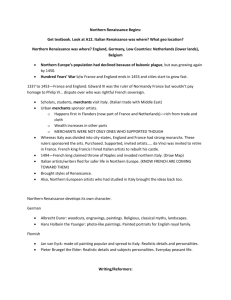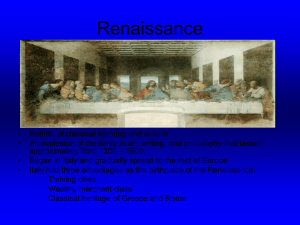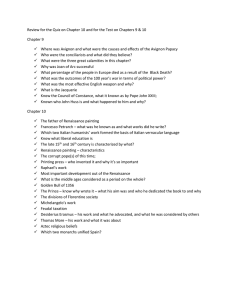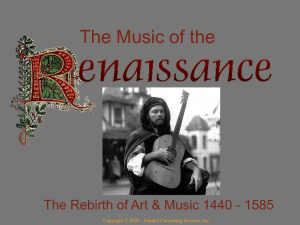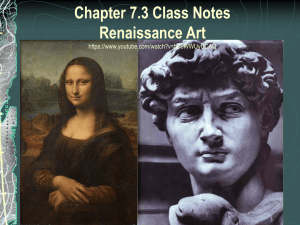sporty aggressive activity conflicts,32 play,
advertisement
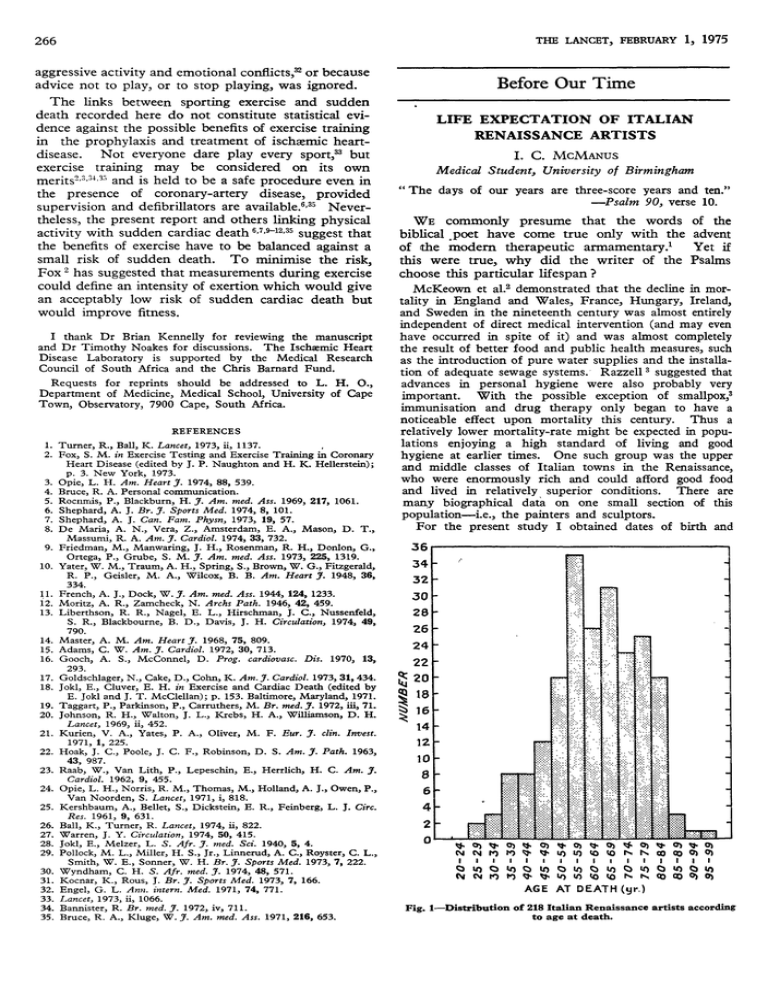
266 aggressive activity and emotional conflicts,32 or because advice not to play, or to stop playing, was ignored. The links between sporting exercise and sudden death recorded here do not constitute statistical evidence against the possible benefits of exercise training in the prophylaxis and treatment of ischasmic heartNot everyone dare play every sporty but disease. exercise training may be considered on its own merits2.3.3u and is held to be a safe procedure even in the presence of coronary-artery disease, provided supervision and defibrillators are available.6.35 Nevertheless, the present report and others linking physical activity with sudden cardiac death 6.7,9-12,35 suggest that the benefits of exercise have to be balanced against a small risk of sudden death. To minimise the risk, Fox2 has suggested that measurements during exercise could define an intensity of exertion which would give an acceptably low risk of sudden cardiac death but would improve fitness. I thank Dr Brian Kennelly for reviewing the manuscript and Dr Timothy Noakes for discussions. The Ischacniic Heart Disease Laboratory is supported by the Medical Research Council of South Africa and the Chris Barnard Fund. Requests for reprints should be addressed to L. H. 0., of Cape Department of Medicine, Medical School, University Town, Observatory, 7900 Cape, South Africa. REFERENCES 1. 2. 3. 4. 5. 6. 7. 8. 9. 10. Turner, R., Ball, K. Lancet, 1973, ii, 1137. Fox, S. M. in Exercise Testing and Exercise Training in Coronary Heart Disease (edited by J. P. Naughton and H. K. Hellerstein); p. 3. New York, 1973. Opie, L. H. Am. Heart J. 1974, 88, 539. Bruce, R. A. Personal communication. Rocnmis, P., Blackburn, H. J. Am. med. Ass. 1969, 217, 1061. Shephard, A. J. Br. J. Sports Med. 1974, 8, 101. Shephard, A. J. Can. Fam. Physn, 1973, 19, 57. De Maria, A. N., Vera, Z., Amsterdam, E. A., Mason, D. T., Massumi, R. A. Am. J. Cardiol. 1974, 33, 732. Friedman, M., Manwaring, J. H., Rosenman, R. H., Donlon, G., Ortega, P., Grube, S. M. J. Am. med. Ass. 1973, 225, 1319. Yater, W. M., Traum, A. H., Spring, S., Brown, W. G., Fitzgerald, R. P., Geisler, M. A., Wilcox, B. B. Am. Heart J. 1948, 36, Before Our Time LIFE EXPECTATION OF ITALIAN RENAISSANCE ARTISTS I. C. MCMANUS Medical " The days of Student, University of Birmingham our years are three-score years and ten." —Psalm 90, verse 10. WE commonly presume that the words biblical.poet have come true only with the of the modern therapeutic armamentary.1 this were true, why did the writer of the choose this particular lifespan ? McKeown et of the advent Yet if Psalms a1.2 demonstrated that the decline in mor- tality in England and Wales, France, Hungary, Ireland, and Sweden in the nineteenth century was almost entirely independent of direct medical intervention (and may even have occurred in spite of it) and was almost completely the result of better food and public health measures, such as the introduction of pure water supplies and the installation of adequate sewage systems. Razzell3 suggested that advances in personal hygiene were also probably very important. With the possible exception of smallpox,3 immunisation and drug therapy only began to have a noticeable effect upon mortality this century. Thus a relatively lower mortality-rate might be expected in populations enjoying a high standard of living and good hygiene at earlier times. One such group was the upper and middle classes of Italian towns in the Renaissance, who were enormously rich and could afford good food and lived in relatively superior conditions. There are many biographical data on one small section of this population-i.e., the painters and sculptors. For the present study I obtained dates of birth and 334. 11. 12. 13. French, A. J., Dock, W. J. Am. med. Ass. 1944, 124, 1233. Moritz, A. R., Zamcheck, N. Archs Path. 1946, 42, 459. Liberthson, R. R., Nagel, E. L., Hirschman, J. C., Nussenfeld, S. R., Blackbourne, B. D., Davis, J. H. Circulation, 1974, 49, 790. Master, A. M. Am. Heart J. 1968, 75, 809. 15. Adams, C. W. Am. J. Cardiol. 1972, 30, 713. 16. Gooch, A. S., McConnel, D. Prog. cardiovasc. Dis. 1970, 13, 14. 293. 17. 18. 19. 20. 21. 22. 23. 24. 25. 26. 27. 28. 29. 30. 31. 32. 33. 34. 35. Goldschlager, N., Cake, D., Cohn, K. Am. J. Cardiol. 1973, 31, 434. Jokl, E., Cluver, E. H. in Exercise and Cardiac Death (edited by E. Jokl and J. T. McClellan); p. 153. Baltimore, Maryland, 1971. Taggart, P., Parkinson, P., Carruthers, M. Br. med. J. 1972, iii, 71. Johnson, R. H., Walton, J. L., Krebs, H. A., Williamson, D. H. Lancet, 1969, ii, 452. Kurien, V. A., Yates, P. A., Oliver, M. F. Eur. J. clin. Invest. 1971, 1, 225. Hoak, J. C., Poole, J. C. F., Robinson, D. S. Am. J. Path. 1963, 43, 987. Raab, W., Van Lith, P., Lepeschin, E., Herrlich, H. C. Am. J. Cardiol. 1962, 9, 455. Opie, L. H., Norris, R. M., Thomas, M., Holland, A. J., Owen, P., Van Noorden, S. Lancet, 1971, i, 818. Kershbaum, A., Bellet, S., Dickstein, E. R., Feinberg, L. J. Circ. Res. 1961, 9, 631. Ball, K., Turner, R. Lancet, 1974, ii, 822. Warren, J. Y. Circulation, 1974, 50, 415. Jokl, E., Melzer, L. S. Afr. J. med. Sci. 1940, 5, 4. Pollock, M. L., Miller, H. S., Jr., Linnerud, A. C., Royster, C. L., Smith, W. E., Sonner, W. H. Br. J. Sports Med. 1973, 7, 222. Wyndham, C. H. S. Afr. med. J. 1974, 48, 571. Kocnar, K., Rous, J. Br. J. Sports Med. 1973, 7, 166. Engel, G. L. Ann. intern. Med. 1971, 74, 771. Lancet, 1973, ii, 1066. Bannister, R. Br. med. J. 1972, iv, 711. Bruce, R. A., Kluge, W. J. Am. med. Ass. 1971, 216, 653. AGE AT DEATH (yr.) Fig. 1-Distribution of 218 Italian Renaissance to age at death. artists according 267 MEAN, S.D., AND MEDIAN DURATION OF LIFE FOR ITALIAN RENAISSANCE ARTISTS been produced and hence the greater the probability of works surviving to the present day. Thus the mean survival of the artists would be artifactually raised. To investigate this possibility the size of the artist’s ceuvre was assessed by measuring the length of the entry in the lists, and the artists were divided into four groups, the first quartile having least works surviving and the fourth quartile having most. This factor had a slight influence upon the length of survival, but it is too small to explain the longevity of this group. Similarly, the work of lesser artists would be expected to survive less often, especially if the artist was shortlived. The artists were therefore divided into three groups-group A those for whom at least three illustrations occur in Berenson’s one-volume work,5 group B those for whom only one or two illustrations occur in the one-volume work, and group C those who are only mentioned in the detailed seven-volume lists.4 There were no major differences between these groups death from Bernard Berenson’s encyclopaedic works.4o,S Adequate data were available for 218 male artists, and for this group the average age at death was 63-03 years (fig. 1). Only one female artist is mentioned, Sofonisba Anguissola, who lived to the grand age of 97 years. In half the artists either the date of birth or of death was known only approximately, and in such cases the smallest lifespan compatible with the dates was used. The age at death in this group does not differ substantially from those for whom accurate data were available (see accompanying table). The artists described were born between 1250 and 1550: only small differences were found between those born early in the period (pre 1450) and those born later (see table). Similarly, no major differences were found between those artists working in Florence, Venice, and Central and Northern Italy (see table). The inclusion of an artist in Berenson’s lists presupposes that some of his works have survived; thus the longer the life of the artist the more works would have (see table). Thus it seems that such biographical data are a suitable A comparison of source for demographic investigations. the survival curves of the artists and men from the age of 30 in England and Wales (derived from life-tables for certain years between 1693 and 1970 [fig. 2]) shows that the survival curve for the artists is similar to that based on the year 1891. It is unlikely that Renaissance medicine made any important contribution to the survival of this group of artists, since mercury derivatives for venereal disease were the only effective drugs in active use, and surgery was limited to cutting for the stone and elementary surgery for trauma, such as bonesetting.6 During this period many books were written with the title De Vita Longa, generally advocating the importance of good food and moderation in all activities.7 the question chosen by the writer of Psalm 90. If the tribes of Israel were well fed and had good standards of hygiene (as is shown by the Book ofLeviticus), adult survival would be expected to be comparable with that of the artists of Renaissance Italy or with the average adult in Britain at the turn of the century. Of course, this argument applies only to the survival of adults; infant mortality in England and Wales began to fall only at the beginning of the twentieth century as a result of the same factors which influenced adult mortality in the nineteenth century, and specific therapy (with the exception of the introduction of diphtheria antitoxin) only started to have a significant effect in the fourth and fifth decades. Infant and child mortality in Renaissance Italy and Old-Testament Israel were probably Perhaps it is now possible to why three-score years and ten very answer was high. I thank Prof. T. McKeown and Dr R. G. Record for their and encouragement in the production of this paper. Requests for reprints should be addressed to 13 Abercorn Gardens, Kenton, Harrow, Middlesex. discussions, criticism, REFERENCES 1. 2. AGE (yr.) Fig. 2-Comparison of percentage survival of Italian Renaissance artists with that of 30-year-old males in England and Wales in 1693, 1891, 1920, and 1970. I. New Scient. 1974, 62, 639. McKeown, T., Brown, R. G., Record, R. G. Popul. Stud. 1972, 27, Asimov, 345. 3. Razzell, P. E. ibid. 1974, 28, 5. 4. Berenson, B. Italian Pictures of the Renaissance: Venetian School, vol. 1 and 2, London, 1957; Italian Pictures of the Renaissance: Florentine School, vol. 1 and 2, London, 1963; Italian Pictures of the Renaissance: Central Italian and North Italian Schools, vol. 1, 2, and 3, London, 1968. 5. Berenson, B. The Italian Painters of the Renaissance. London, 1967. 6. Major, R. H. Bull. hist. Med. 1935, 3, 739. 7. Sigerist, H. E. in Landmarks in the History of Hygiene. London, 1956.
